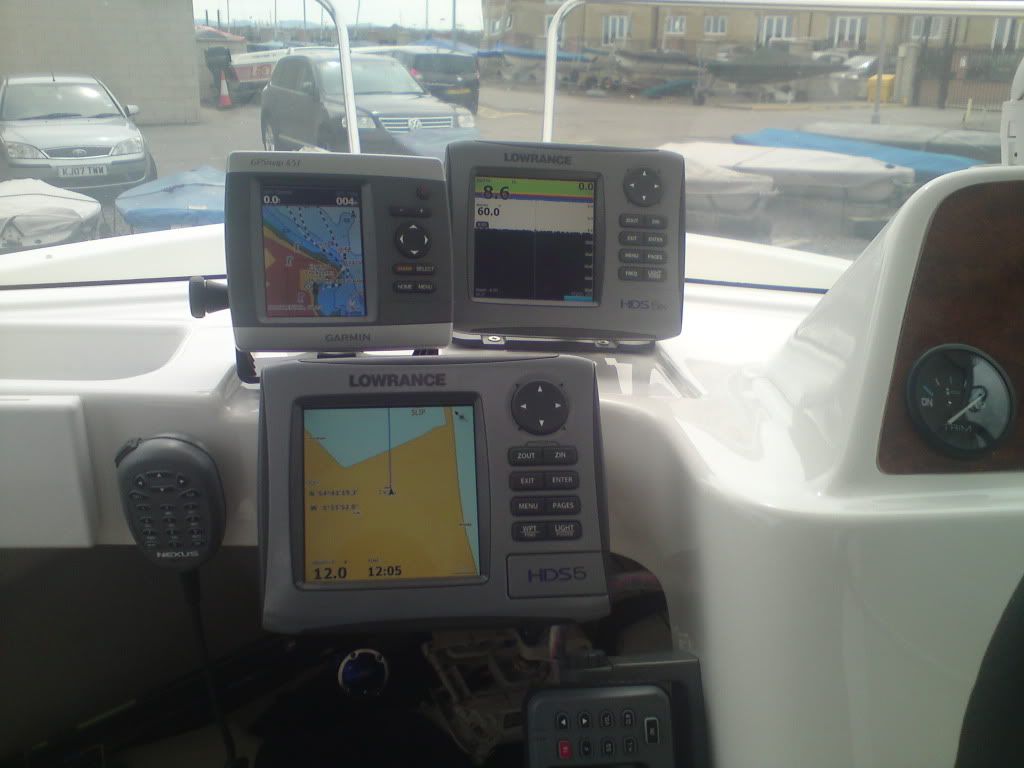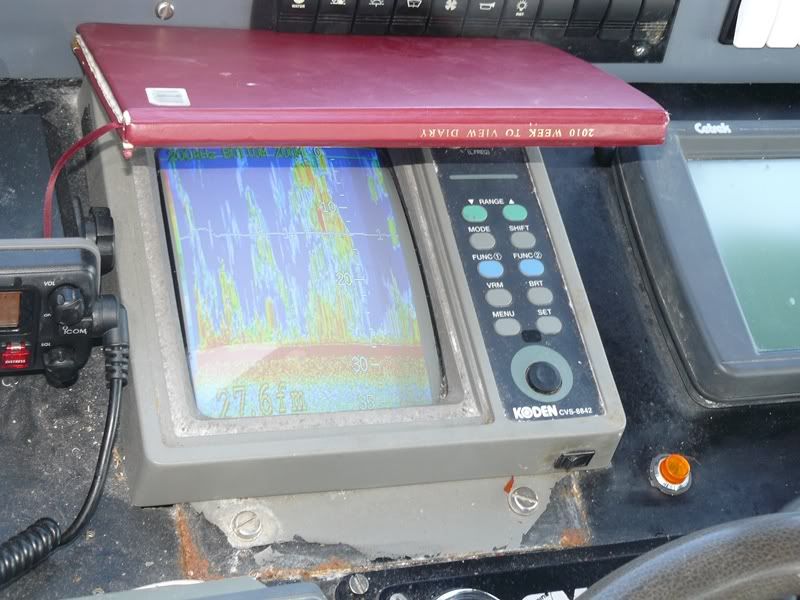northeast1
Well-known member
Well 2 weekends of not being out fishing and i am already thinking what next year maybe like.
Also got the trip to Norway to loook forward too and i cant wait for that...
Sandland Brygge 2011 Loppa - YouTube
Its going to be along winter even with a skate fishing trip chucked in soon.
Also got the trip to Norway to loook forward too and i cant wait for that...
Sandland Brygge 2011 Loppa - YouTube
Its going to be along winter even with a skate fishing trip chucked in soon.


